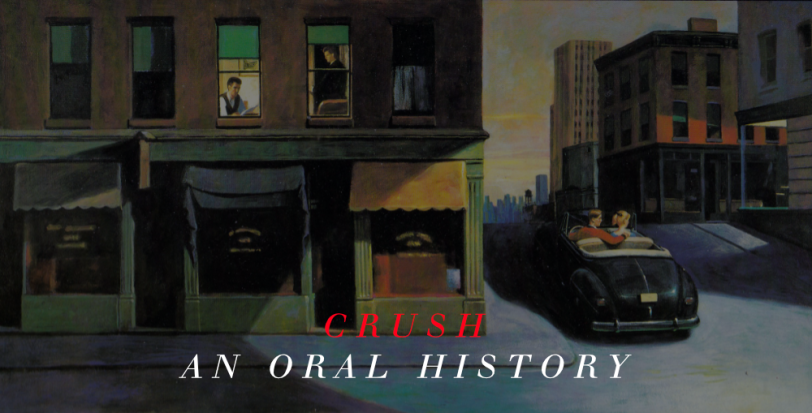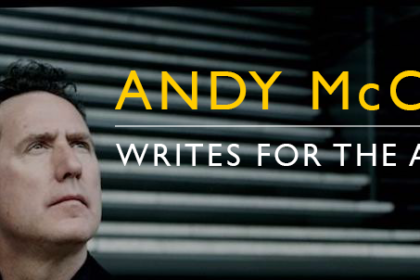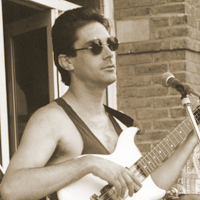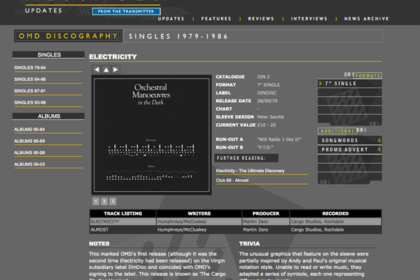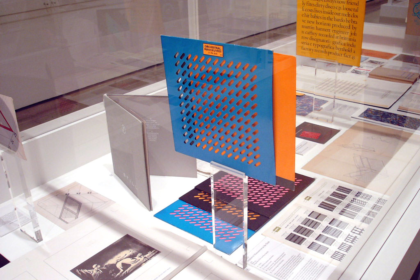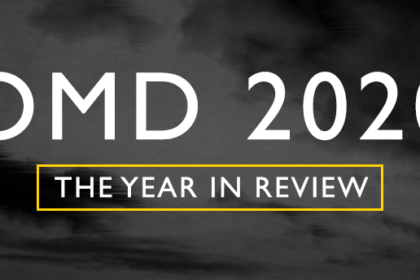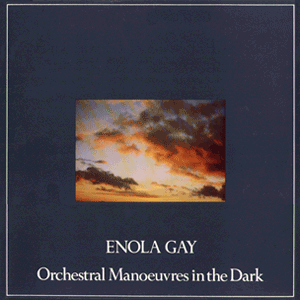Heaven is cold…
2025 sees the 40th anniversary of Crush, OMD’s sixth studio album and one that’s largely seen as the band’s ‘American Album’ which finally managed to give them the Stateside success that OMD had been trying to achieve for several years prior. During this period, the band also pushed harder to make an impression on US audiences by touring more stateside, including taking on support duties for The Power Station and the Thompson Twins.
The experimental approach of 1983’s Dazzle Ships album had rocked the confidence of Andy and Paul, subsequently leading to the brighter, funkier approach of Junk Culture in 1984. That album provided a steering point for the record that eventually emerged in 1985.
As an album, Crush was always a topic of debate among OMD fans due to its rapid departure from the sound of the band’s imperial era. Whereas OMD had built a profile on pioneering, experimental synth-pop, Crush was a lusher, more organic album whose penchant for love songs seemed to find favour with OMD’s growing American fanbase.
In this feature, we look back at the album’s genesis, the critical response and the legacy it established using the words of the people involved at the time…
POST-JUNK CULTURE
Fresh off the Junk Culture promotion and tour, towards the end of the year in 1984 Andy McCuskey and Paul Humphreys swiftly set up camp in Amazon Studios in Liverpool to begin work on OMD’s next album. Their chief workhorse during this period was the Fairlight CMI, a versatile (and expensive at the time) instrument that simplified the process of writing and arranging songs.
“We’ve had our eyes opened to acoustic sounds since we bought the Fairlight and the Emulators. With them you can conjure up acoustic sounds which are reasonably like the original instruments.” Andy McCluskey, The Beat June 1985
“We would bash out a chord sequence, then feed it into the Fairlight to keep it in the memory, but without being taped. Then Andy sorted out some lyrics, I would work on the basic melody and then we’d finally pull the whole thing together.” Paul Humphreys, Messages Official Biography
“I would agree that we certainly had a bit of a trough around the Dazzle Ships period, but then again that was entirely our own fault.” Andy McCluskey, Melody Maker, June 1985
“This time round we wrote about 21, which is amazingly prolific for us, and picked 10 for the album.” Andy McCluskey on the Crush demo songs, Melody Maker, June 1985
“We were looking for a more band-type sound since a lot of people have been telling us for ages that they like the way we sound on stage.” Paul Humphreys, Messages
“I actually wrote a lot of the lyrics for the album when I was still head-over-heels in love.” Andy McCluskey, Messages
“The writing and recording is a real giggle. The mixing is always absolute agony.” Andy McCluskey, Smash Hits, June 1985
“By the last week in Advision, we were starting each day at ten in the morning and not going to bed until five the next morning. Working in a small basement with five people all existing on a few hours’ sleep is bound to strain relationships.” Andy, Messages
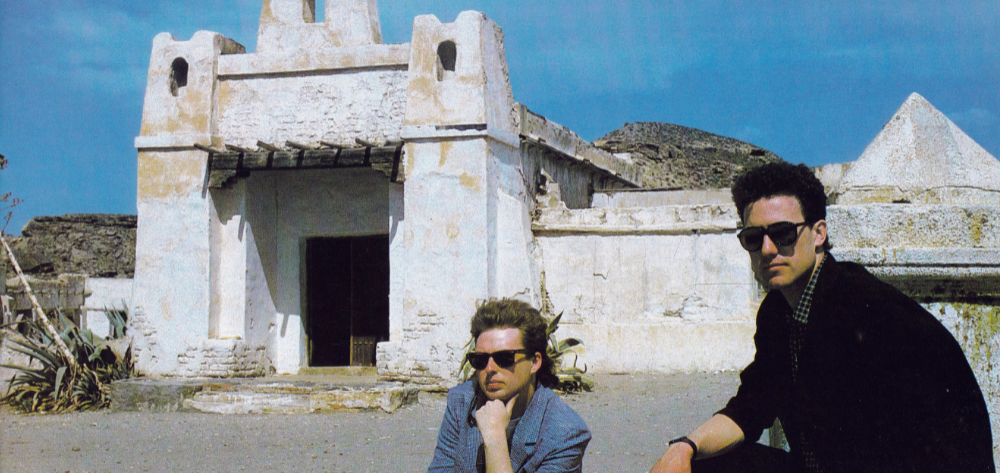
SO IN LOVE
The first fruits of OMD’s labour emerged in May 1985 with their brand new single, ‘So In Love’, which reached No. 27 in the UK charts.
“We thought it was rubbish. But Martin Cooper persuaded us to demo it.” Andy McCluskey, Tracks 1988
“It was recorded at Amazon in Liverpool and at The Manor and was mixed at Advision with Stephen Hague producing. It was done on Fairlight with live drums and sax.” Andy McCluskey, International Musician And Recording World April 1988
“It was our first American hit. After five years of trying to break America, we finally did it with this one and it felt just as exciting as the first time we had a hit in England.” Paul Humphreys, Tracks 1988
“We worked in a Liverpool studio and walked in there every day with the intention of writing a new song. That’s the way it was. We’d do a new song, off the top of our heads, every one or two days. So we generated songs from out of the blue and this particular track was one of the very last things we wrote for the LP.” Andy McCluskey, The Beat, June 1985
“It’s about the painful end of a relationship. When I was younger I used to be the one that got chucked over, so I decided since then I should be the one to do the chucking.” Andy McCluskey, Record Mirror May 1985
“A very straightforward pop song, no doubt intentionally, and probably going straight to the chart heart, but completely lacking in their usual tips and wrinkles. Disappointingly throwaway.” Record Mirror review, May 1985
“Whatever happened to the sound of ‘Red Flame, White Light’? [sic] This went in one year and out the other, and no matter how loud I turned it up, it still sounded like it was creeping through from next door. Give us another ‘Enola Gay’ lads!” Smash Hits, May 1985
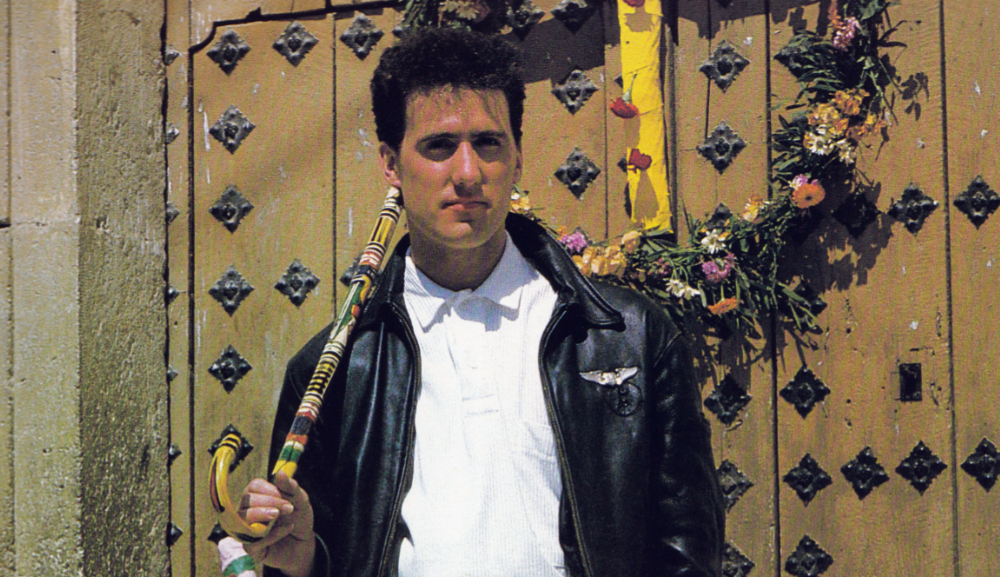
CRUSH
OMD’s sixth album release arrived in June 1985. Clad in a stylish painted cover, Crush boasted a selection of emotive love songs alongside some quirkier efforts that brought early OMD to mind.
“Because we’re so fed up with spending three hours explaining why we call our LPs Architecture And Morality or whatever.” Andy McCluskey on the album title, Smash Hits, June 1985
“We’ve always written them, actually – even if they were perverse songs about historical characters or aeroplanes! This time I suppose they’re a bit more obvious.” Andy on the heavy love song theme of the songs on Crush, Messages
“I think a lot of the songs on the album are strong on emotion. I think the album draws on just about everything. In many ways it’s a very acoustic album as well.” Andy McCluskey, Record Mirror May 1985
“Basically the guy is a genius, but he was invariably late in delivering his work and this time he was just late once too often!” Andy McCluskey on Peter Saville and the Crush sleeve design, Messages
“I like this album very much myself. I think there’s more of a feel of a band playing on the album which I always felt was lacking on previous albums.” Martin Cooper, Crush The Movie 1985
“We all wanted to crack America.” Malcolm Holmes, Telegraph fanzine, September 1990
“…this moves away from the uneasy funk experiments of ‘Junk Culture’ back towards what OMD do best – strong, melodic songs – in a more lush, er, orchestral setting while still retaining that passionate punch (as in the addictive ‘So In Love’). And of course there’s the usual quota of love songs, weightier topics and streams of consciousness imagery. In fact it’s the welcome return of the thinking person’s dance music, and isn’t it good to hear real drums again!” Ian Cranna reviews Crush for Smash Hits,
“As a pop record it’s sublime, intricate and unyieldingly persuasive.”
Helen Fitzgerald, Melody Maker, June 1985
THE NATIVE DAUGHTERS OF THE GOLDEN WEST
“I saw a plaque with their name on in a park in Los Angeles. They must have dedicated the ground and I thought any group with a name like that deserved to have a song written about them.” Andy McCluskey, Record Mirror May 1985
“I had visions of pioneer women and valley girls moving across the American West in covered wagons. I saw them being very positive and giving birth to new generations.” Andy McCluskey, Record Mirror, May 1985
BLOC BLOC BLOC
“I do have a photo of Joyce taken by Man Ray which I picked up to send somebody as a postcard. The song is not about anything in particular, except a string of images being thrown together. You say it sounds quite dirty on the album but you should have heard the original version.” Andy McCluskey, Melody Maker June 1985
88 SECONDS IN GREENSBORO
“It’s just a very strange picture of like nice suburban street in America with this carnage going on. It’s just such a startling image that I was really grabbed by.” Andy McCluskey, Crush The Movie 1985
“It’s made all the more terrible because there’s no warning about it happening. It just looks like a quiet day in suburbia and then these people start opening up with guns.” Andy McCluskey, Record Mirror May 1985
WOMEN III
“…a talk style narrative concerning the suffocating existence of a suburban housewife who has achieved all her teenage dreams only to realise that she’s sacrificed her life.” Messages biography.
THE LIGHTS ARE GOING OUT
“The Emulator is also featured on ‘The Lights Go Out’ [before the song title was changed] playing loops of Maureen Humphreys singing breathy notes.” OMD Newsletter. Spring 1985
“Ran over to the Linn Drum, set up a quick drum pattern and just laid five minutes down of this voice just overlapping which, just in itself, just the drums and the voice created this really nice kind of atmosphere which generated the lyrical idea which was this rather sombre, miserable Morrissey-esque type lyric!” Andy McCluskey, Crush The Movie 1985
“An amusing occurrence happened during the recording of ‘Lights…’ when the local area around the Manor suffered a power cut and we were thrust into darkness for the entire night.” OMD Newsletter. Spring 1985
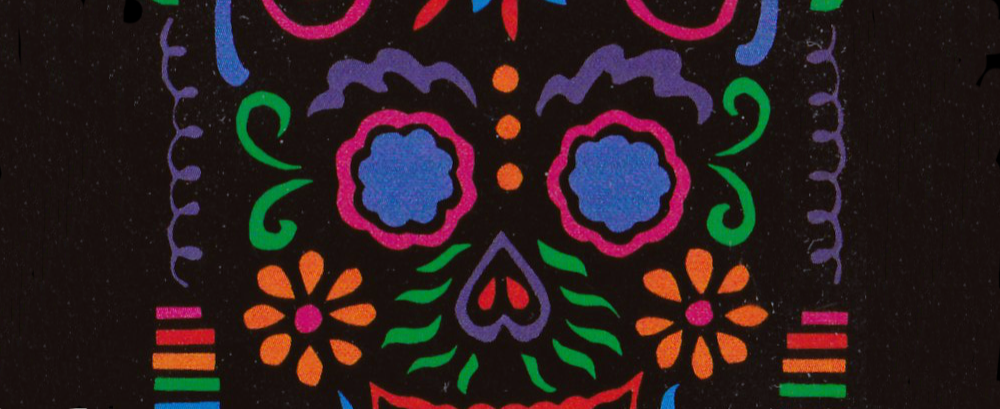
STEPHEN HAGUE
“I think if there’s any single thing that I’ve done on this record for that band is make them feel like a band as opposed to working out instrumental scenarios track by track.” Stephen Hague, Crush The Movie 1985
“Stephen’s a great producer and he’s made some amazing records and he’s done some great things for us, but he was always a bit of a control freak in the studio… it was almost like we’d lost control. Andy and I are control freaks also when it comes to our music and that’s why after our experience with Steve Hague we never used a producer again.” Paul Humphreys Messages
“it seemed to have lost a little vitality because he picked over it for so long – he went for that ‘perfect’ sound, smoothing all the rough edges.” Andy McCluskey, Messages
SECRET
Released in July 1985, the second single from Crush reached No. 34 in the UK charts.
“This was the same as for ‘So In Love’. We don’t ever do a Stock, Aitken and Waterman and use the same backing tapes, but, from album to album, we tend to adopt a way of working. These were the first completely Fairlight songs. It was mixed at Advision using SSL and computer assistance – by now we’d grown used to the idea.” Andy? IM&RW, April 1988
“First they were wimps, then they turned doggedly serious and “obscure”, now – hey presto! – they are unashamed wimps again. Nothing wrong with that, really, and these jolly pipings and girly swot melodies are a fine substitute for cottage cheese. Surprisingly pleasant.” Tom Hibbert reviews ‘Secret’, Smash Hits July 1985.
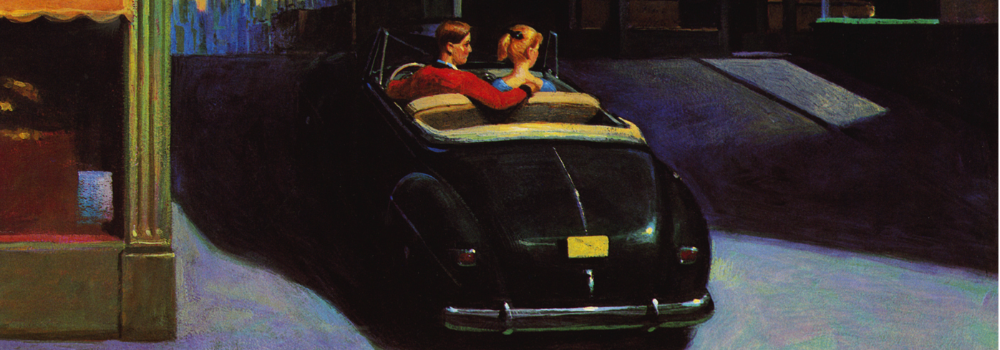
THE POWER STATION TOUR
Capitalising on their breakthrough in America, the band took up support duties for The Power Station in August 1985.
“We’d only really played clubs and small theatres over there before, but this time we had an opportunity to play in bigger places – outdoor arenas, ice-hockey stadiums, places like that – by playing support to better-known bands.” Martin Cooper, Messages
“I think The Power Station’s jet-set lifestyle rubbed of on us. By the time we supported the Thompson Twins we were a bit out of order. They couldn’t keep up with us at all!” Andy McCluskey, No. 1 September 1986
LA FEMME ACCIDENT
The third and final single release from the album was released in October 1985.
“Watch out for the ‘La Femme Accident’ 12”. You won’t believe it’s the same song.” OMD Newsletter
“…gentle vocals, weepy violins and an overall infinite delicacy of execution. Pretty.” Melody Maker, October 1985

